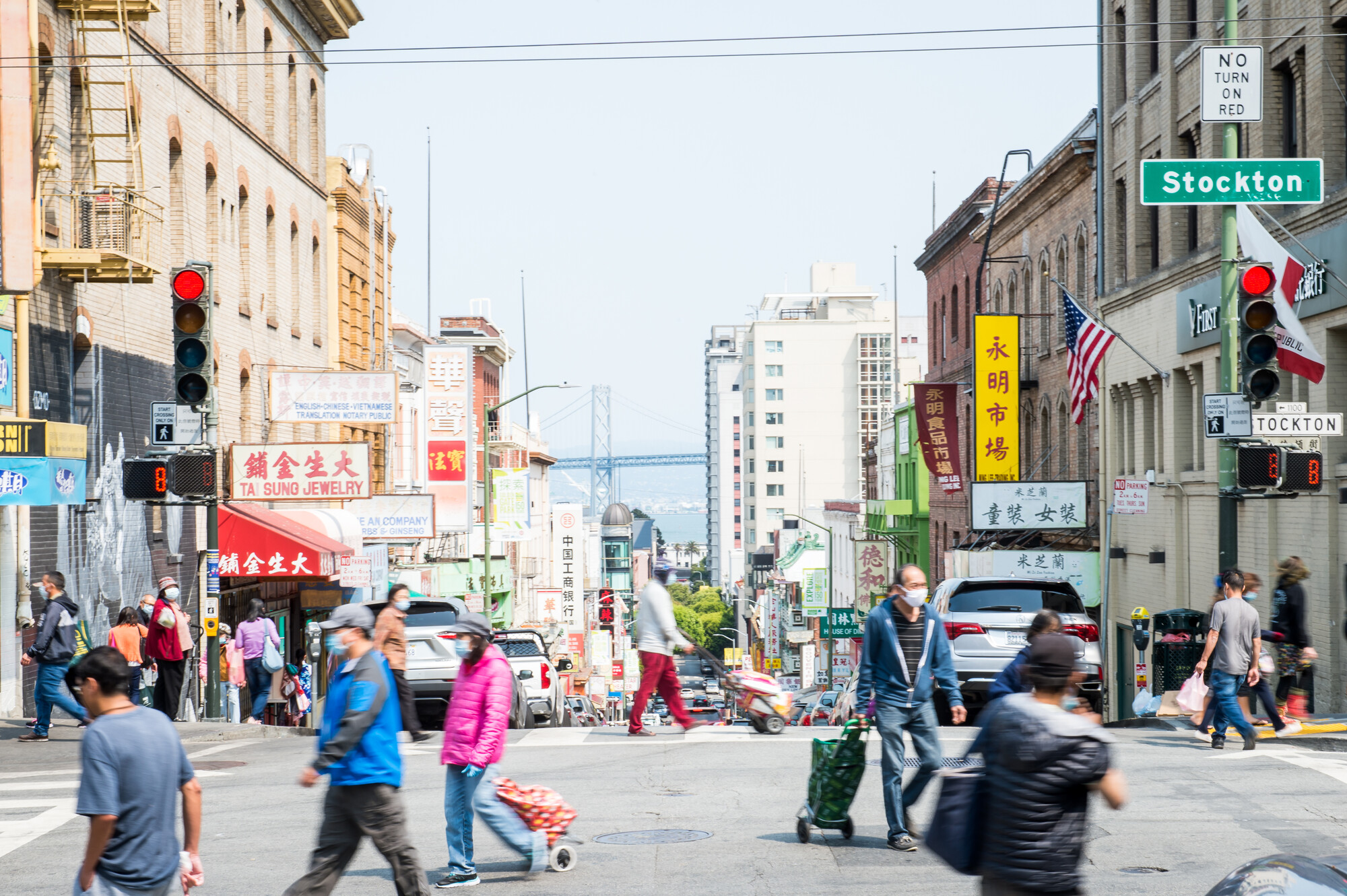Visitors from Mexico are expected to decline by almost 12%. The nonprofit said that, despite concerns visitors might have over immigration and visas, it has not received reports that visas were denied upon entry in California airports.
“Canada and Mexico are the number one and two markets, respectively, and declines from our neighbors have a profound impact on the overall health of California’s tourism economy,” Beteta said. “Since the start of the year, we’ve seen a clear shift in sentiment abroad, especially in markets that have traditionally been strong for California.”
The state expects to see more visitors from India and Japan this year.
Tourism is a major driver of California’s economy, and the industry has shown signs of a rebounding market in the years since 2020, with an increasing number of tourists each year.
Last year, tourists spent more than $157 billion in California, exceeding what they spent in the state before the pandemic. More than 80% of that spending came from domestic tourists. Tourism also generated more than $12 billion in state and local tax revenue and 1.2 million travel-supported jobs.
While economic and political concerns are expected to drive down international tourism, the story could look different for domestic business travel. In November, the San Francisco Travel Association announced there could be more convention activity in the city this year, with 32 events already booked at the Moscone Center, some of which are recurring every year until 2029.



